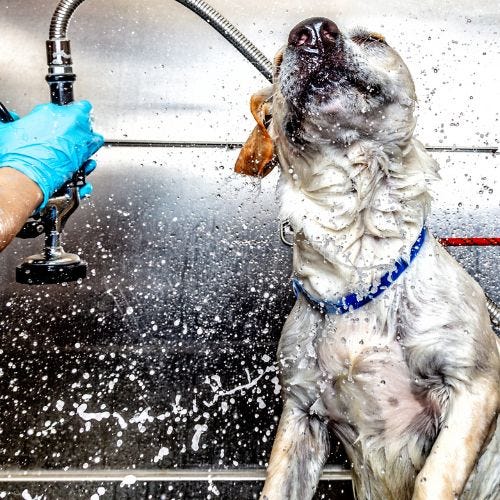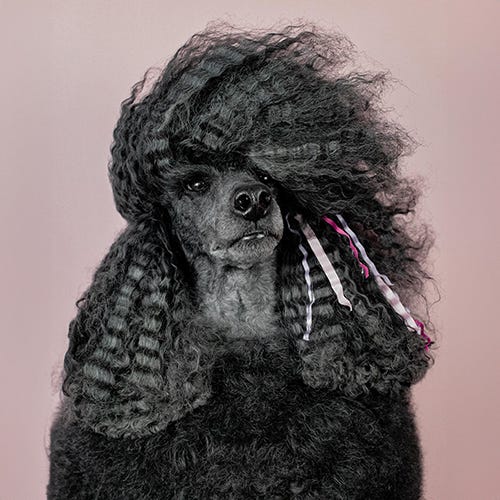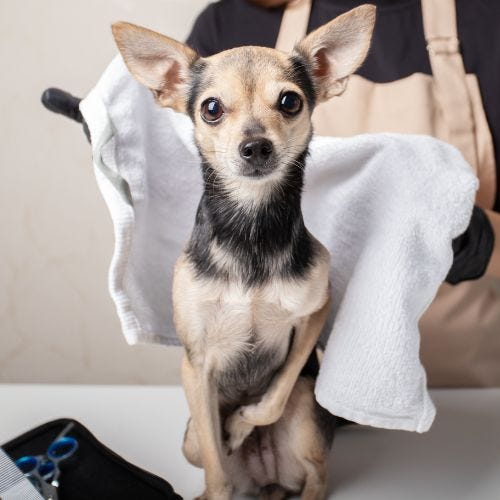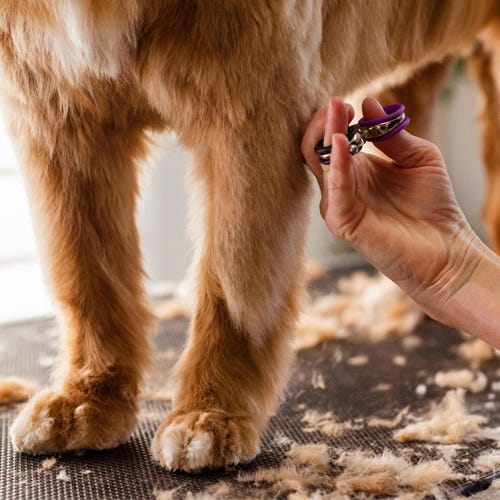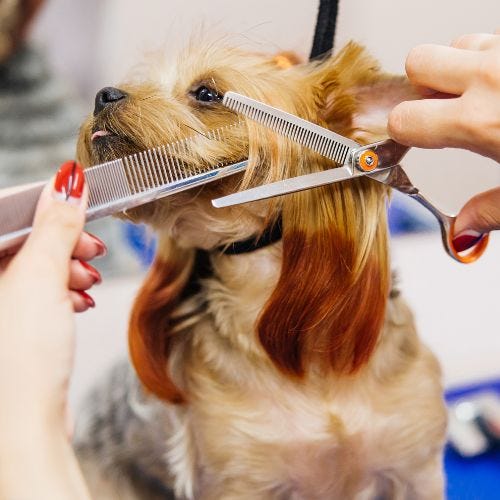Let's imagine a grooming scenario. A new customer brings you their dog for the first time. It's a young, medium-sized mixed breed. If you were going to guess, you'd suspect there is some Dachshund and a bit of terrier in there somewhere, along with other breeds, as well. It's a cute dog with a nice coat, and you and the owner come to an agreement about how the pet is to be groomed. The plan is to leave the fur about an inch long all over and create a nice round head.
The owner leaves, and you put the dog in the tub. All is well until you lift a foot while you wash, and the dog freezes and gives you a hard look. You take note and proceed with your work. You get the dog dried without any problem, then begin to trim its claws. The dog has a temper tantrum, thrashing about, pulling its paws away from your hands, growling, and snapping. You soothe it, put a muzzle on, and proceed. It's not easy, but you get the nails safely trimmed. Knowing that many dogs dislike having their nails clipped, you remove the muzzle and begin to brush the dog. Everything is fine until you get to the legs. Then the dog lets you know it will absolutely bite you if you try to brush and comb them. You work slowly and gently, reassuring the dog, but finally, you must put the muzzle or an Elizabethan collar on before you can finish the task.
The dog looks super cute and greets its owner joyfully when the groom is done. The owner is delighted with the results. Then they ask, "How did he do?" What you say next is important. Many groomers just say, "Oh, fine," and send the dog and their human on their merry way. However, doing this is a disservice to the owner, the dog, and any future groomers asked to care for that pet.
It is far more helpful to inform the owner of the pet's behavior. By doing so, you alert the person to the problem, potentially allowing them to seek assistance from their veterinarian (perhaps the dog is experiencing pain and needs medical help) or a professional trainer (who could work with the dog to make it more comfortable with the grooming process.) Even if the owner does neither of these things, they are aware that the pet is tricky to handle during grooming, and hopefully, they will alert future groomers to this fact.
Be matter-of-fact in your description, keeping emotion and blame out of it. For example, "He did fine for much of the grooming but did try to bite when I was handling his legs and feet." They may ask further questions or simply take that information and go on, but you will know that you did your part in giving them essential information about their pet's behavior.
Reporting behavioral issues is just as important as relaying any health concerns you find when grooming, such as an inflamed ear or unusual growth. Please educate your customers about their pet's temperament during grooming; it's the professional thing to do.


